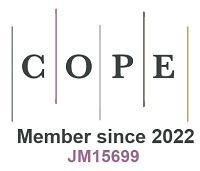fig11

Figure 11. (A) Experimental and simulated XRD patterns of (NiCdCuFeCo)Sx; (B) HAADF-STEM mapping image of (NiCdCuFeCo)Sx; (C) Overall atomic percentage of metals in (NiCdCuFeCo)Sx as determined through ICP-OES; (D) Amount of CO produced by distinct sulfide-based catalysts; (E) Effect of ion concentration, humic acid concentration and pH on the yield and selectivity of cellulose conversion to CO; (F) The recommended reaction mechanism for the conversion of cellulose to CO via the (NiCdCuFeCo)Sx/PDS system. Reproduced with permission[38]. Copyright 2024, Elsevier; (G) Amounts of CO, C2H4 and C2H6 produced over distinct sulfide-based catalysts; (H) CO generation rates in the presence of H2O2, CH3COOOH, Na2SO5 and Na2S2O8, respectively; (I) Reaction mechanism for the conversion of guar gum in the (CdZnCuCoFe)Sx/PDS system; (J) Reaction mechanism of (CdZnCuCoFe)Sx nanosheets for the conversion of biomass for efficient CO generation. Reproduced with approval[90]. Copyright 2023, Royal Society of Chemistry. XRD: X-ray diffraction; HAADF-STEM: high-angle annular dark-field scanning transmission electron microscopy; ICP-OES: inductively coupled plasma optical emission spectroscopy; PDS: peroxydisulfate.








